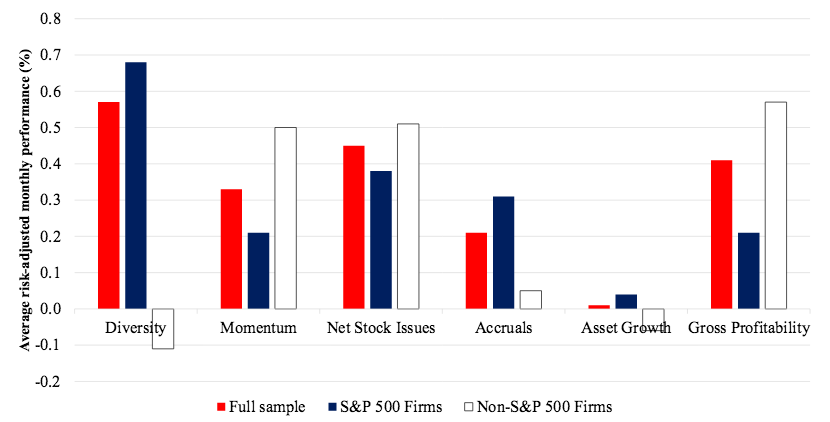
Reporter Ed Mendel covered the California Capitol in Sacramento for nearly three decades, most recently for the San Diego Union-Tribune. More stories are at Calpensions.com.
The state makes large annual payments to a CalSTRS supplemental fund with a reserve that more than doubled in the past six years to $11.5 billion, while the fund’s annual payments to retirees dropped from $348 million to $193 million.
State payments required by law — $582 million last fiscal year and $607 million this fiscal year — continue to flow into the huge inflation-protection fund that keeps teacher pensions from falling below 85 percent of their original purchasing power.
Supplemental Benefit Maintenance Account payments have remained relatively stable for 25 years (see chart below): $169 million to 52,199 retirees in fiscal 1990, peaking at $348 million to 89,412 in 2008, and dropping to $193 million to 52,474 last year.
But the SBMA reserve, fed by an annual state contribution of 2.5 percent of the teacher payroll invested in the CalSTRS portfolio, ballooned from $113 million in fiscal 1996 to $5.3 billion in 2008, then more than doubled to $11.5 billion last year.
As the reserve soars, the CalSTRS pension it supplements only has 69 percent of the projected assets needed to pay future pension obligations and a debt or “unfunded liability” of $73 billion, according to the latest actuarial valuation as of June 30, 2014.
Under long-delayed legislation (AB 1469 in 2014), a plan to get CalSTRS pensions to 100 percent funding by 2046 will take a big bite out of the improving budgets of California schools, which no longer rank 50th among states in per-pupil spending.
The CalSTRS contribution rate paid by school districts and other employers will increase, in seven annual steps, from 8.25 percent of pay to 19.1 percent of pay by July 2020. Teachers and the state have smaller contribution increases.
A rationale for the large inflation-protection reserve is made by Milliman actuaries in a report to the CalSTRS board that assumes, among other things, continuing state contributions of 2.5 percent of pay and investment earnings of 7.5 percent a year.
“For example, if inflation is 3.00 percent each year in the future (as currently assumed), the balance in the SBMA would be projected to last forever,” said the Milliman report delivered in April 2014.
“If inflation is 3.50 percent each year in the future and the purchasing power level remained at 85 percent, the balance in the SBMA is projected to run out in approximately 40 years.”
But under current assumptions, said Milliman, the big reserve and continued state contributions “would be projected to be sufficient to pay purchasing power benefits at the 90 percent level through the fiscal year ending in 2089.”
Dipping into the big supplement reserve, or diverting its annual state payments, might be a tempting target as the rate school districts pay the California State Teachers Retirement System for pensions more than doubles by the end of the decade.
Rising pension costs, for example, are one of the financial forces that could push the Los Angeles Unified School District into bankruptcy, a panel of experts warned in a report obtained by the Los Angles Times last November.
But when the state struggled to close a big budget gap in 2003, part of the solution was withholding a $500 million payment to the CalSTRS supplemental fund, which had a reserve of only $1.6 billion then and was making a $224 million annual payment.
The CalSTRS board filed a lawsuit to get the SBMA payment and won. The state made a $500 million initial repayment to the supplemental fund in 2008 followed by annual $57 million payments of principal and interest that ended three years ago.

If money that went into the inflation-protection reserve during the last two decades had instead gone into the CalSTRS pension fund, the recent rate increase would have been smaller.
How the SBMA reserve is subtracted from the assets used to calculate the funding level on which the new rates were based is shown on the chart below, the latest actuarial valuation as of June 30, 2014.
The SBMA reserve reported that year, $10.3 billion, grew with good investment returns to $11.5 billion last fiscal year, according to the more current CalSTRS Comprehensive Annual Financial Report for 2015.
Is building a giant reserve to ensure inflation protection until 2089, the target set by the CalSTRS board, a cost-efficient use of school funds?
There may be a better way. The California Public Employees Retirement System provides inflation protection through a single employer-employee contribution rate that also covers the cost of pensions and cost-of-living adjustments.
CalPERS provides less protection than the 85 percent of original purchasing power provided by CalSTRS. For state workers, CalPERS maintains 75 percent of the original pension purchasing power and for local government employees 80 percent.
CalSTRS pensions get an annual 2 percent cost-of-living adjustment, a fixed amount based on the original pension. CalPERS provides a similar COLA but it compounds: 2 percent for state workers and 2 to 5 percent for local governments.
In the long run, the CalSTRS and CalPERS cost-of-living adjustments have not kept pace with inflation, hence the protection programs. (A federal survey in 2000 found that only 9 percent of private sector blue-collar and service pensions have COLAs.)
But since 2008 the number of CalSTRS retirees receiving the SBMA payment has dropped. Low inflation during the recession reduced the number becoming eligible for the supplement, while aging took its toll among the recipients.
There apparently has been no study or analysis of whether the CalSTRS inflation-protection program is cost efficient, compared to the CalPERS method or another alternative.
The CalSTRS inflation supplement did not begin as a fully formed plan that could be publicly evaluated on its own merits. Instead, the current SBMA seems to have gradually emerged from legislative bargaining, one piece at a time, in a kind of mission creep.
The SBMA was created by legislation in 1989 (SB 1407 and SB 1513) that phased in a state contribution of 2.5 percent of pay to restore 68.2 percent of purchasing power, according to the 1990 CalSTRS purchasing power report.
“If the balance in the SBMA is sufficient for restoring purchasing power to 68.2 percent for three years, the general fund appropriation for the year may be adjusted to the level that would maintain a three year reserve,” the 1990 CalSTRS report said of the legislation. “In no event may the appropriation be adjusted above 2.5 percent of payroll.”
So, how did a supplement that began with the target of 68.2 percent inflation protection, a three-year reserve and an adjustable 2.5 percent state payment become an $11.5 billion fund to provide 85 percent inflation protection for 73 years?
Separate legislation moved the purchasing power to 75 percent in 1997, 80 percent in 2001, and 85 percent in 2008. An important change (AB 1102 in 1998) made the 2.5 percent state contribution to SBMA a “vested right” for CalSTRS members.
When an appeals court ruled in 2007 that $500 taken from the SBMA reserve in 2003 must be repaid, AB 1102 was cited. And the mandatory state contribution, 2.5 percent of pay, built a big reserve enabling inflation protection to increase to 85 percent.
The SBMA contribution was vested by one of a half dozen bills that boosted CalSTRS benefits and cut contributions in the late 1990s, when a booming stock market briefly pushed the pension funding level above 100 percent.
One of the most notable: For 10 years a quarter of the teacher contribution to the CalSTRS pension fund, 2 percent of pay, was diverted into a new individual investment plan for teachers, the Defined Benefit Supplement.
A Milliman actuarial report three years ago said if CalSTRS were still operating under its 1990 structure, without the changes made in the late 1990s, pensions would have been 88 percent funded instead of 67 percent.
The funding gap could have been closed with a much smaller CalSTRS rate increase. In addition to the school district rate increase from 8.25 percent of pay to 19.1 percent, the rate for most teachers goes from 8 percent of pay to 10.25 percent.
The state contribution to the CalSTRS pension fund increases from 2 percent of pay to 6.3 percent of pay. Only the state contribution to the CalSTRS inflation supplement fund remains unchanged: 2.5 percent of pay.

Photo by Stephen Curtin via Flickr CC License











